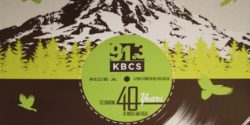It’s become somewhat of a station tour cliche for me to write about the homey feel of the radio stations that I visit. But, Bellevue College’s public radio station KBCS 91.3 FM in Bellevue, Washington takes that vibe to another level, as its station is located inside an actual house.
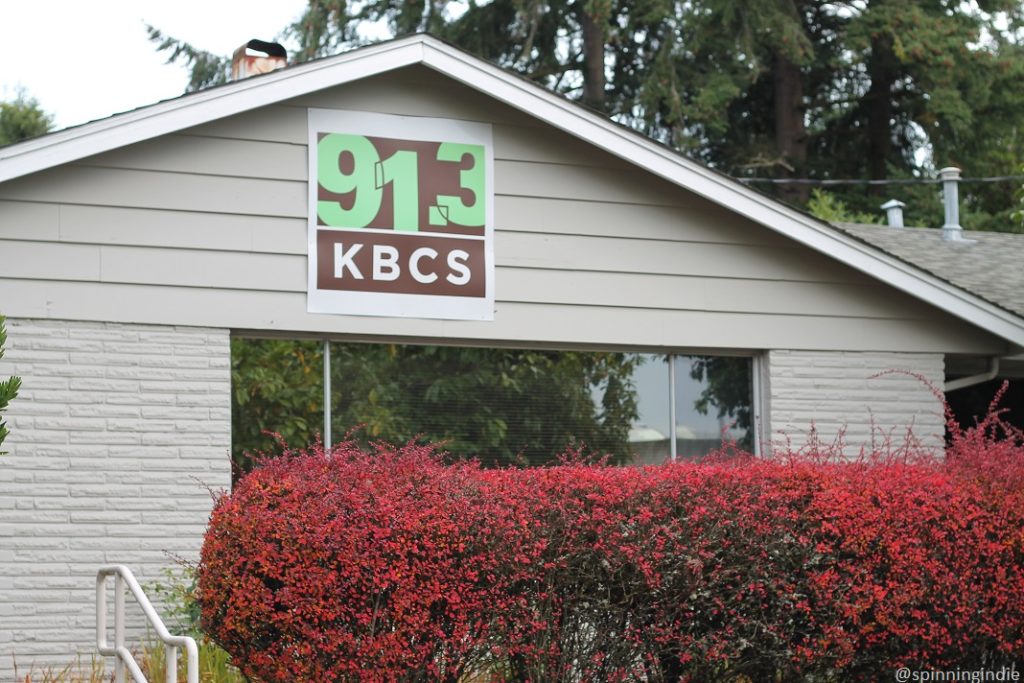
After a full day of travel and tours of three high school radio stations last October, I walked to the station’s front door as the sun was setting. Interim General Manager/Music Director Iaan Hughes greeted me, welcoming me into the radio house.
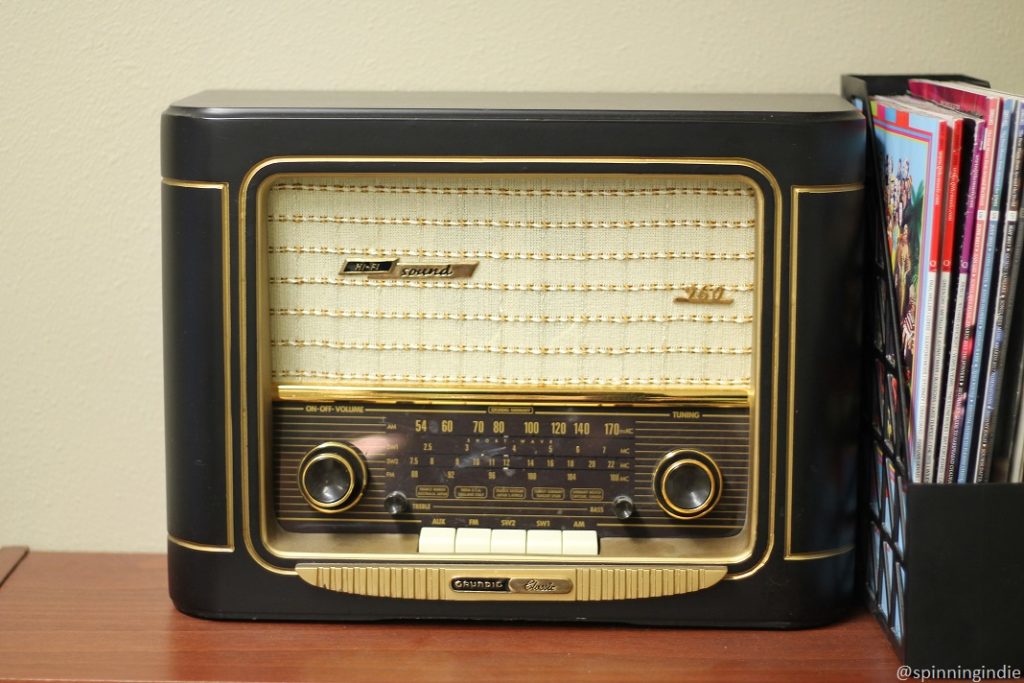
Existing in one of those interesting radio station hybrid categories, KBCS-FM is an independent public radio station with around 100 community volunteers, located in a standalone house on a college campus. It airs a mix of syndicated and locally-produced news and public affairs shows as well as a broad array of music programs.
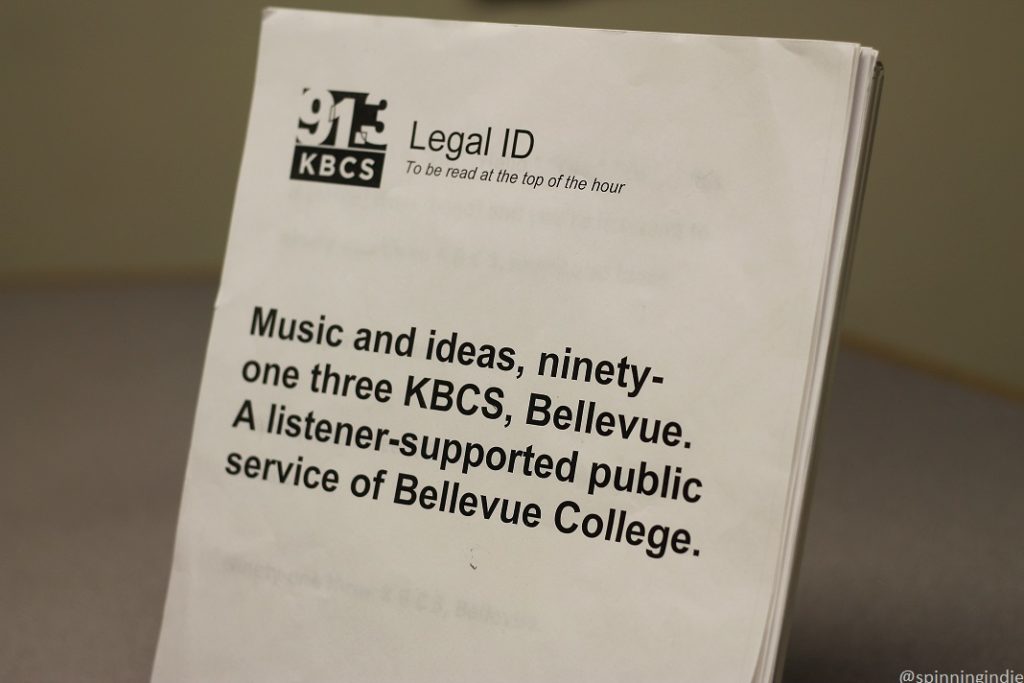
Although it has student roots, launching in 1973, KBCS has shifted over the years, moving from a student radio station to more of a community, then an independent public radio model.
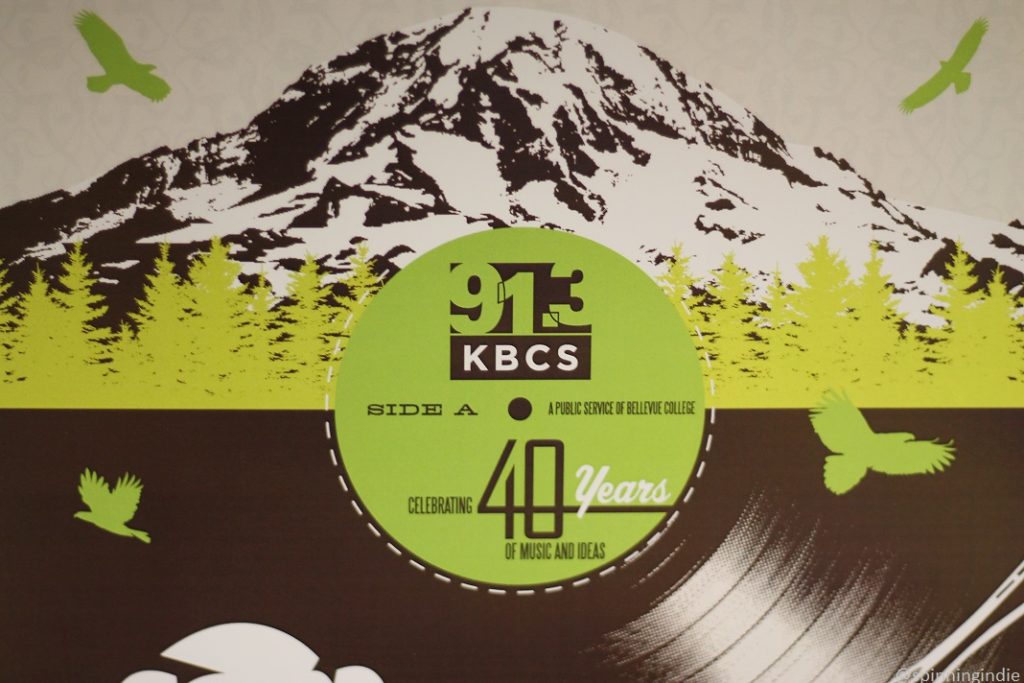
Student activism plays a big part in the KBCS origin story. “Appropriately it started with a protest outside of the president’s office here at Bellevue College. At the time it was Bellevue Community College and students did a sit in after having their initial request for a radio station denied. And that was enough to get the license and get the college kind of on it,” Hughes relayed.
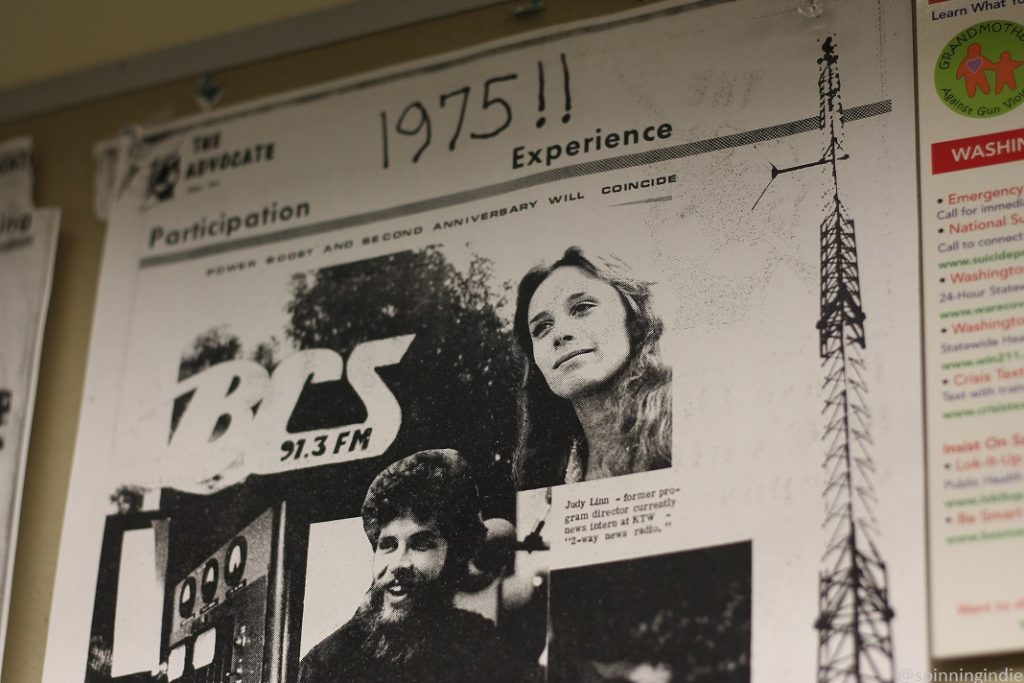
By around the mid-1980s, the college hired a General Manager for KBCS and the station shifted to more of a community radio model, according to Program Director Patrick Whalen. Today, the station is a bit of a mixture. Whalen outlined that, “We’re kind of a hybrid. We’re independent. We’re …obviously not affiliated with NPR. We don’t carry any of the large public media distributed programs…We’re with Pacifica…So we have…Thom Hartmann…Because we’re so largely programmed still by volunteers, we’re clearly a community radio station.” He added the caveat that, “Because of the market that we’re in we can’t only do that just to be able to build audience.”
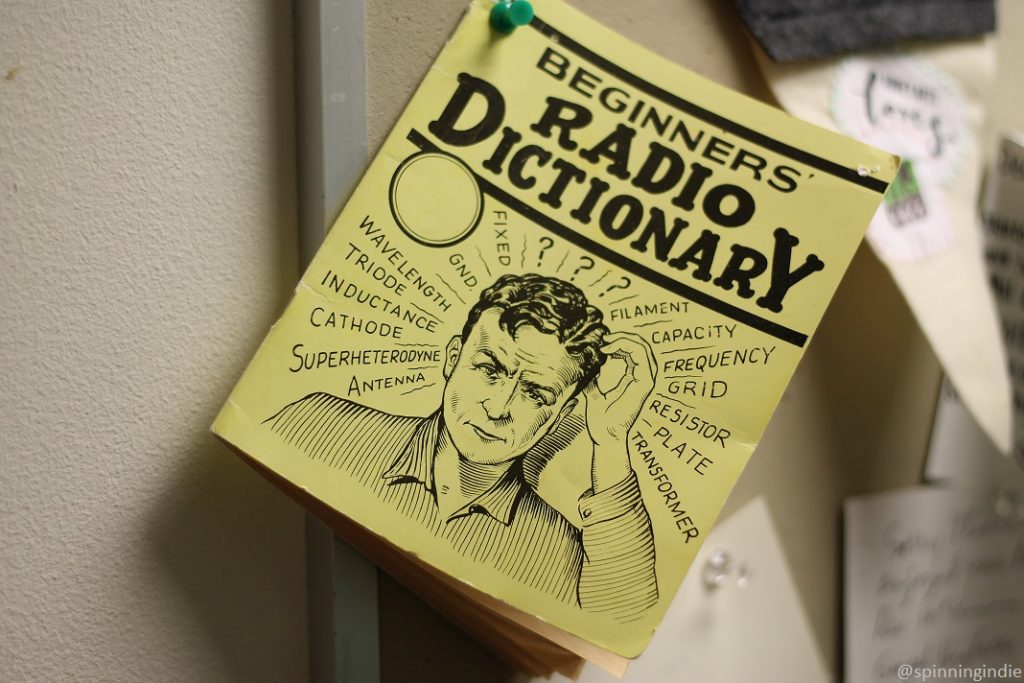
Shelves of vinyl on the walls at KBCS reveal the music programming trajectory of the station. As we sat in a front room/LP archive, dubbed the “Vinyl Lounge,” Whalen pointed out to me that the station initially had a progressive rock orientation from around 1973 to 1983, but then switched to an “anti-rock” format, playing jazz, folk and world music. He joked that it’s amazing that a station in the Seattle area in the 1980s and 1990s had “nary a Sub Pop release in the library.”
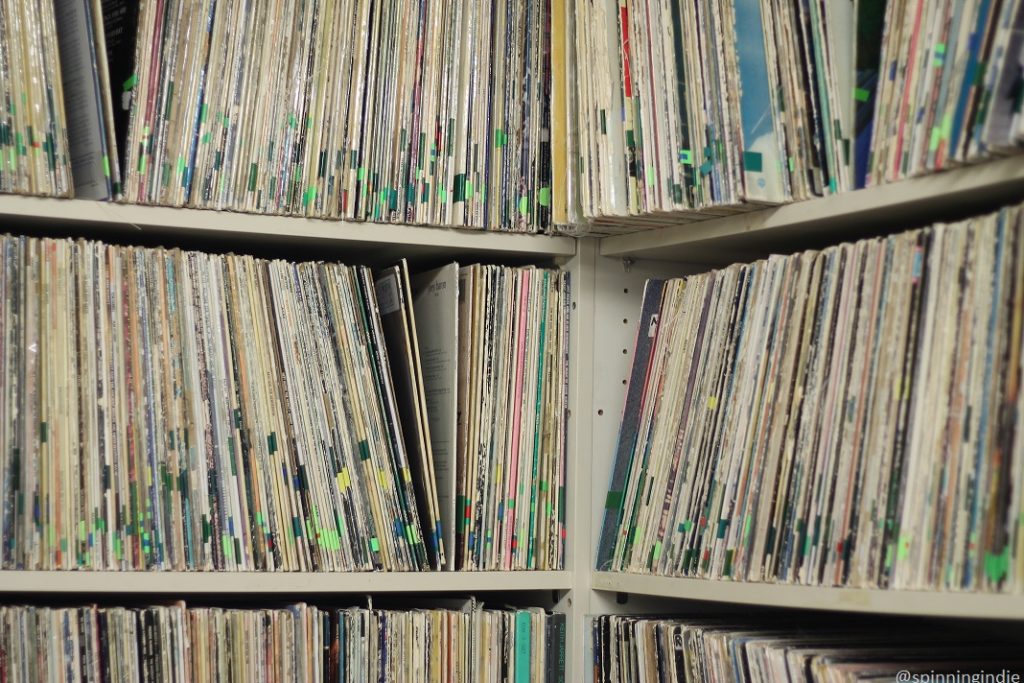
In a metropolitan area known for its grunge rock history and awash in non-commercial radio offerings, KBCS has worked hard to find its niche. Whalen gave his take on the Seattle radio scene, arguing, “We’re in a really vibrant public media market. We have amazing radio stations here. Some of the top in the country in their formats, if not THE top, so we have this big shadow to work within…We have KEXP, we have KUOW, we have KNKX…, Dance 89…a top dance station, so… we have to play in a different sand box…”
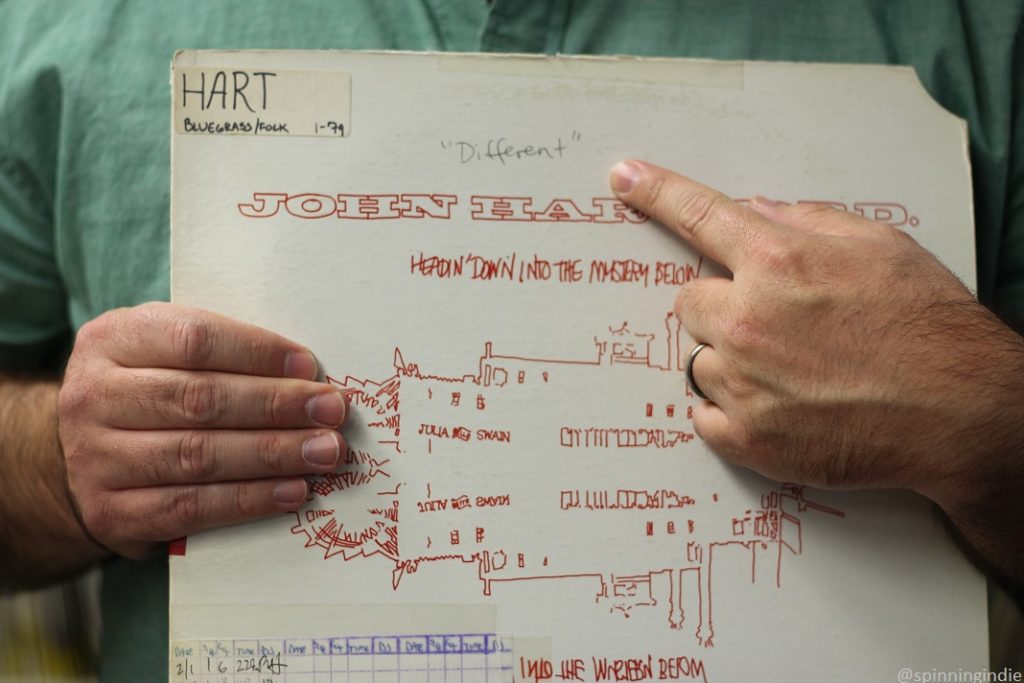
Today, about a third of the station’s broadcast day is devoted to public affairs programming, with the rest comprised of music. Hughes elaborated that KBCS has a largely “AAA” upbeat music format on daytime weekday shows (noon to 7pm), peppered with “some classics” going back to the 1960s and 1970s, as well as new releases.
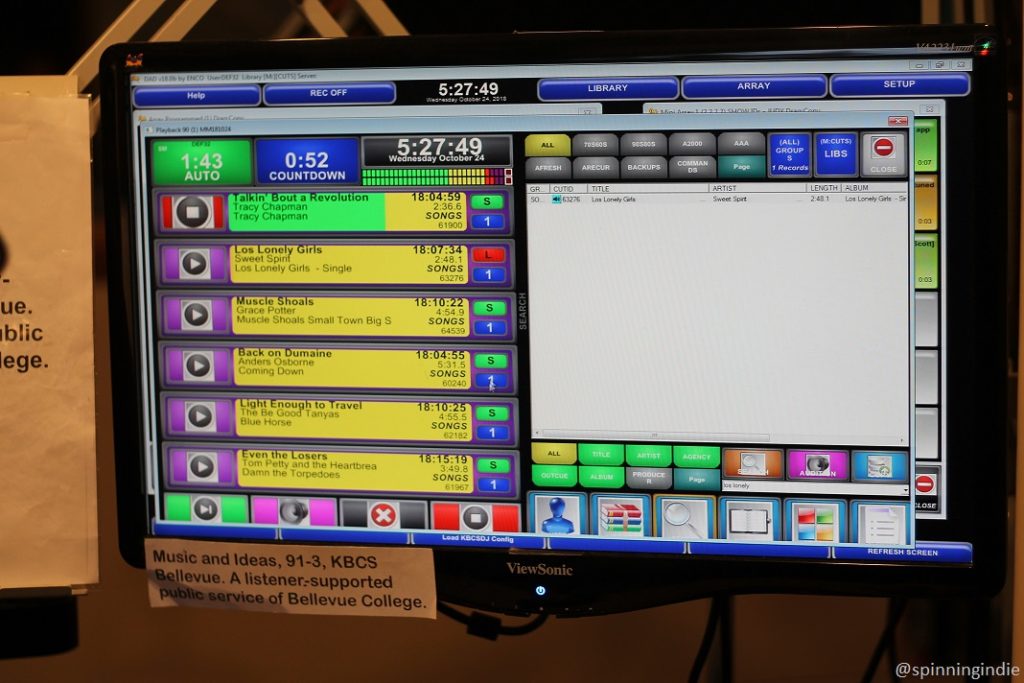
Public affairs has taken on a bigger role in the past couple of decades, with the largely volunteer-produced news/public affairs show “The Morning Blend,” a huge source of pride for KBCS during my fall visit. According to Hughes, “It speaks deeply to the communities here in the Pacific Northwest. It tells stories that are not covered nationally or locally really…”
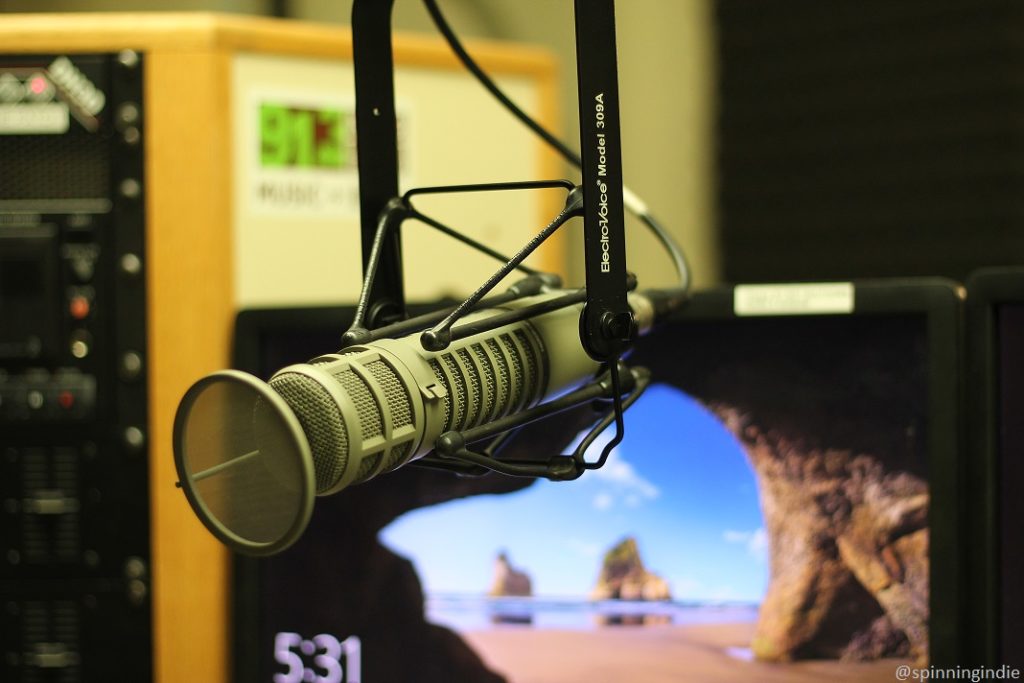
As an added benefit, this daily news show also ends up being a recruiting tool for the station, working to bring in new listeners from a range of communities. Whalen explained, “Our news and public affairs ends up being kind of a default engagement strategy for us because there’s constantly people coming into the station and telling their stories..,” adding that News and Public Affairs Director Yuko Kodama “…makes a concerted effort and is focused clearly on social justice issues and on stories and individuals and on voices that aren’t normally heard on air in this market so her work and her passion and her professionalism is a huge asset for the station.”
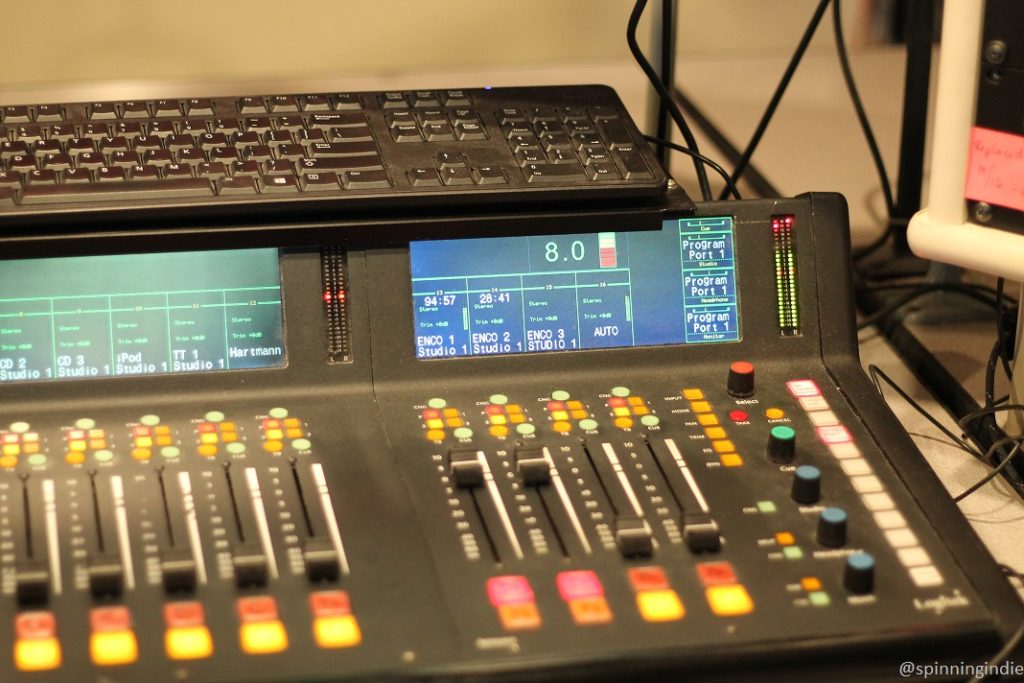
As I was completing this article in April 2019, KBCS announced that “The Morning Blend,” time slot would be replaced by the syndicated hip-hop talk show Hard Knock Radio, with “…KBCS’ national-award-winning reportage focused on social justice issues within the Pacific Northwest” continuing during existing public affairs programs. Other syndicated news and public affairs shows on KBCS include the Thom Hartmann Program, Democracy Now!, and the newly added Rising Up (as of April 29, 2019). Specialty music shows are mostly hosted and curated by local volunteers, with the syndicated Grateful Dead Hour also in the mix.
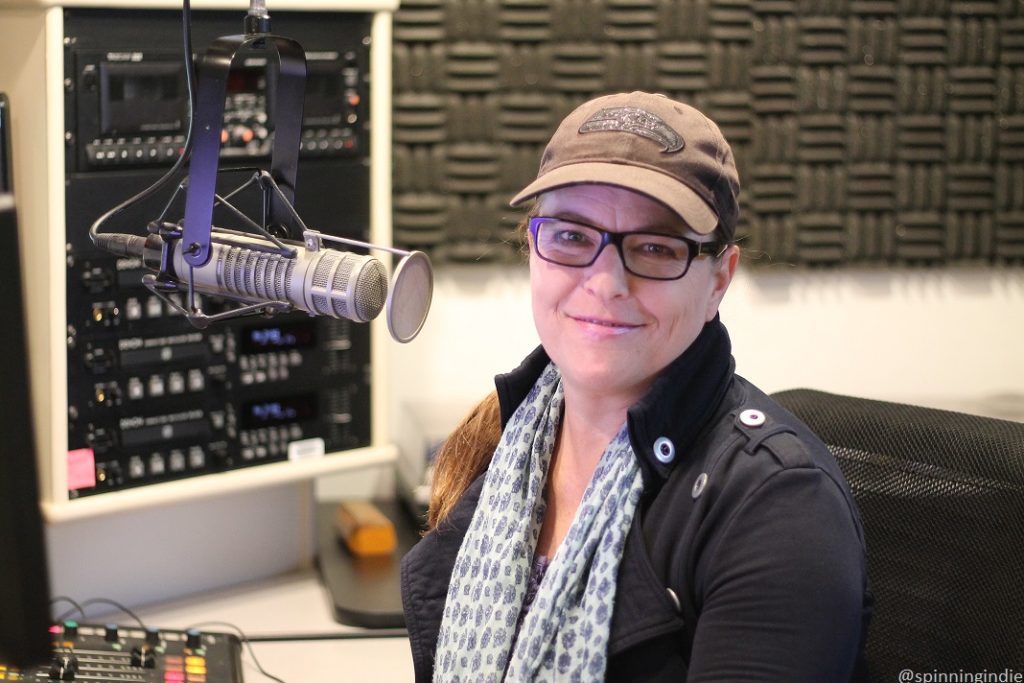
Genres covered include the general categories of “Dance, Trance and Electronica,” “Folk and Americana,” “Jazz and Classical,” “R&B, Soul and Hip-Hop,” “Rock and Blues,” “World,” and “Variety” (including an experimental music show and a program focused on female artists).
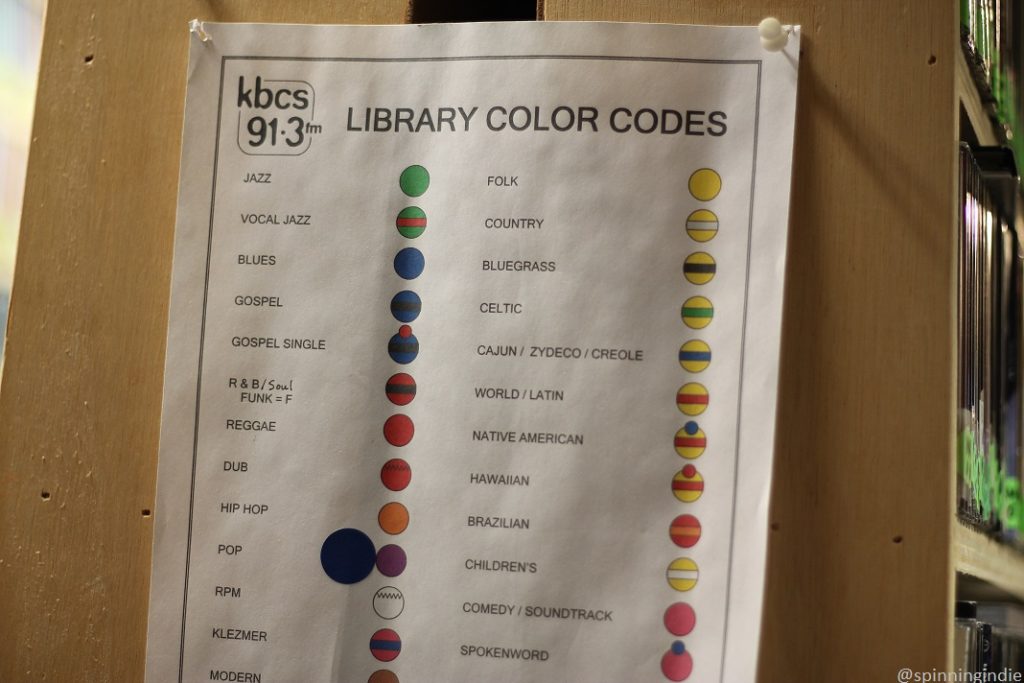
The non-rock music legacy at KBCS is perhaps most interesting in the CD and vinyl library housed in the rear part of its dwelling. Music is organized in hyper-specific categories, particularly in the international music section, which includes Flamenco gypsy, Cuban, Hawaiian, klezmer, French-Canadian, Eastern Europe and Brazil among it subcategories. There are also sections for gospel, RPM, Native American, early music, hip hop, jazz and more.
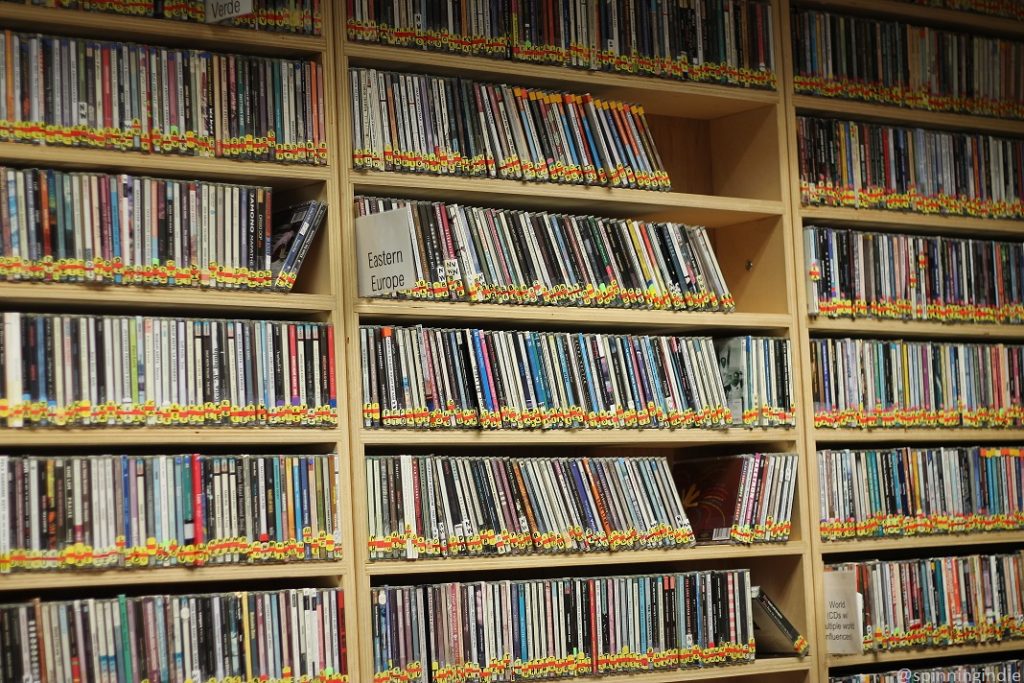
Hughes pointed out that some of the larger music sections are extensions of long-running KBCS programs, including a 30-year-old Brazilian show (Raizes) and the beloved Saturday afternoon program, Hawai’i Radio Connection.
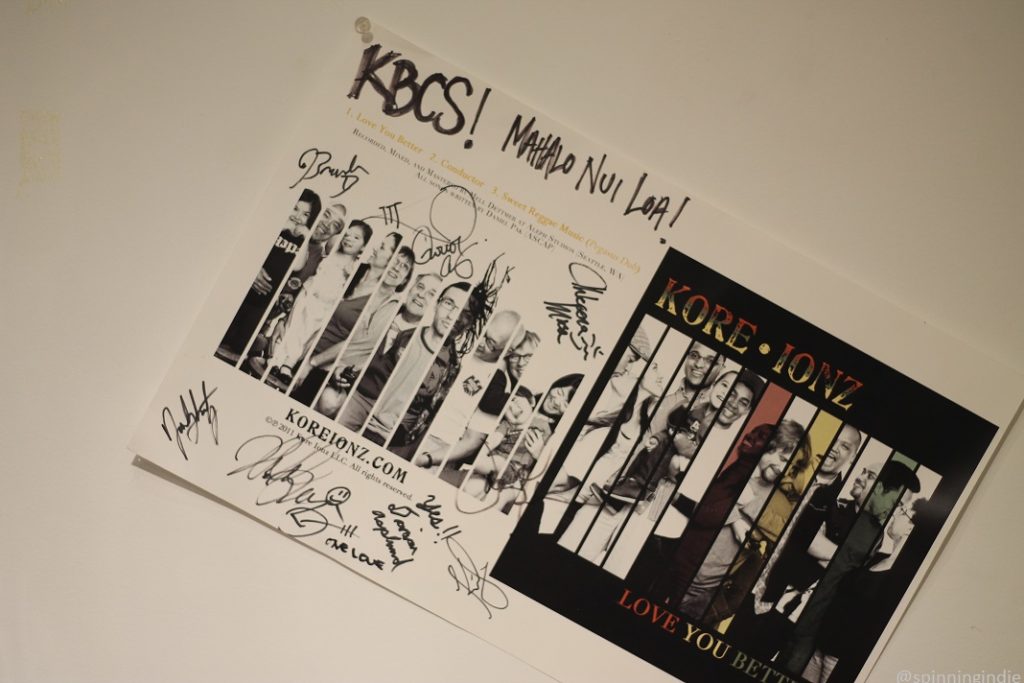
In the midst of a massive music digitization project, KBCS has already digitized over 100,000 tracks using a Cloud-based program. Initially starting with the bluegrass library, volunteers and a work study student had made their way through the R&B collection and were working on the blues section at the time of my visit. Hughes was excited about the progress, saying, “It to me feels like the future,” especially in light of increasing issues with the functionality of CDs and CD players.
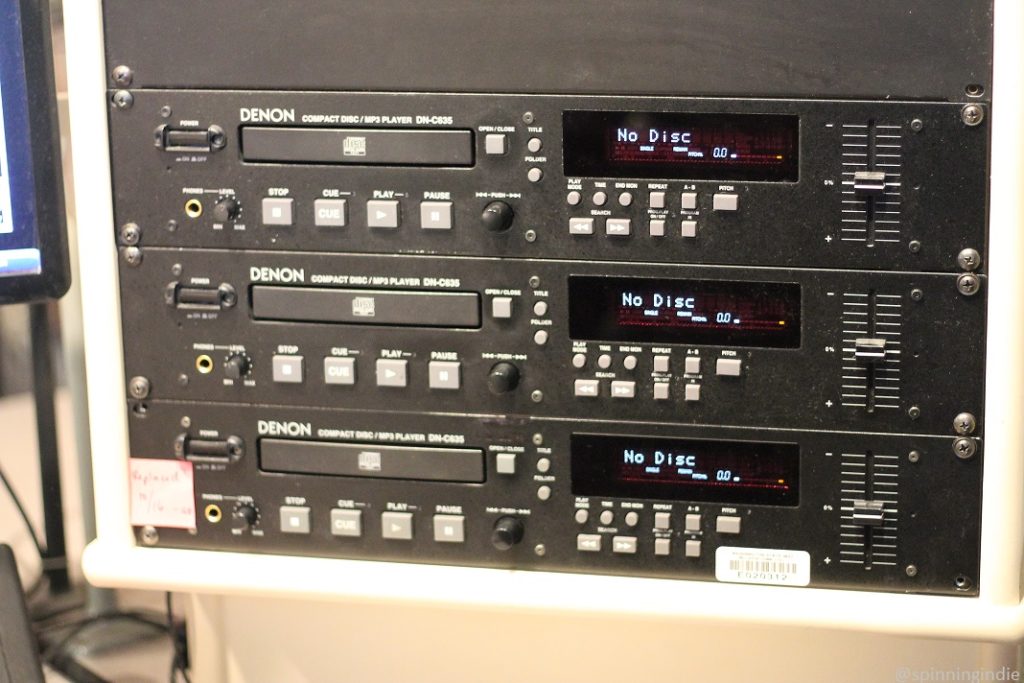
As I wrapped up my visit, Hughes spoke a bit about his passion for KBCS and what drew him to the station back in 2001, revealing, “I love the variety and the eclecticism. That’s what initially drew me to the station. I was managing a music store and one of my employees did a late night jazz show here and knew that I loved country music and Americana music and when the opportunity kind of opened to do a late night show he said, ‘hey, you should check this out’ and it was just really amazing to flip yourself down to the low end of the dial and find an enormous palette of music. Things that I thought maybe no one else even knew about. Of course..I quickly learned my lesson of how little I knew and…it really felt like coming home in many ways.”
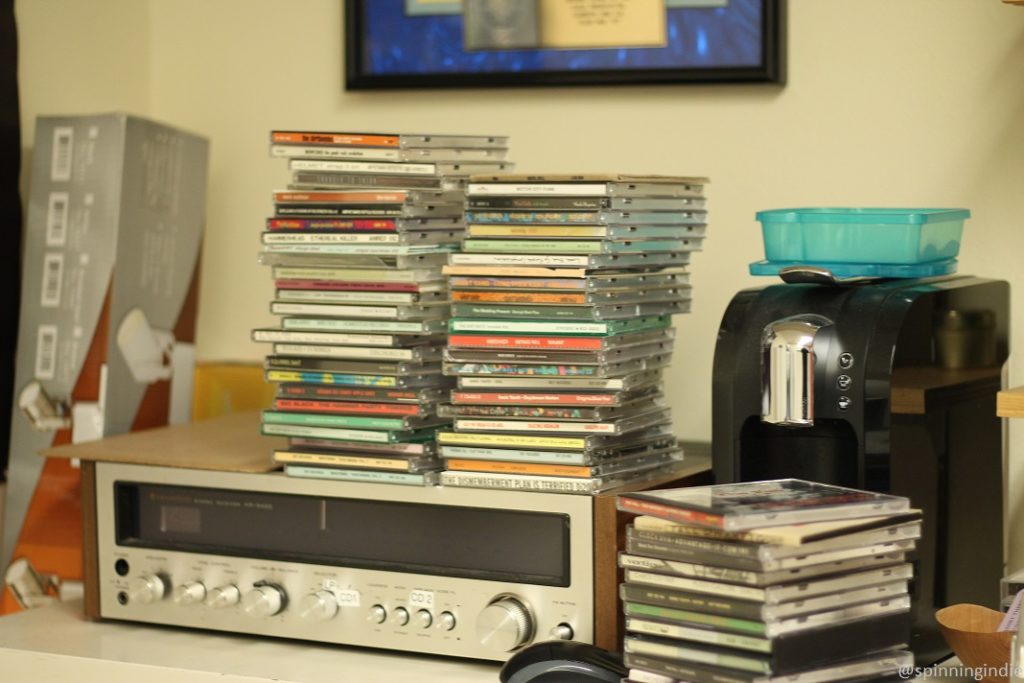
Thanks to Iaan Hughes and Patrick Whalen for the wonderful visit to KBCS. This is my 155th written station tour. Please, scan through my radio station tours in numerical order or by station type in our archives.

